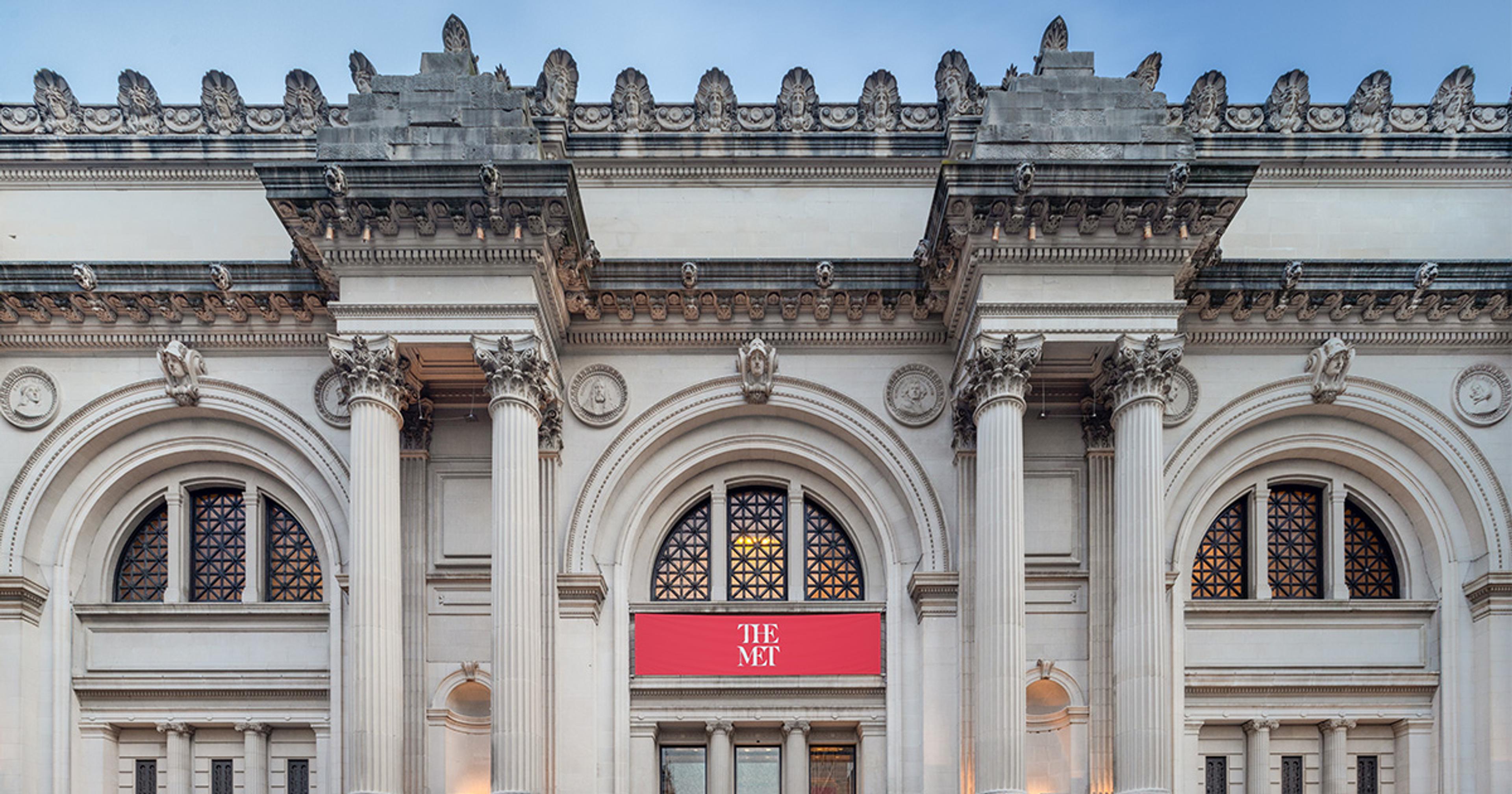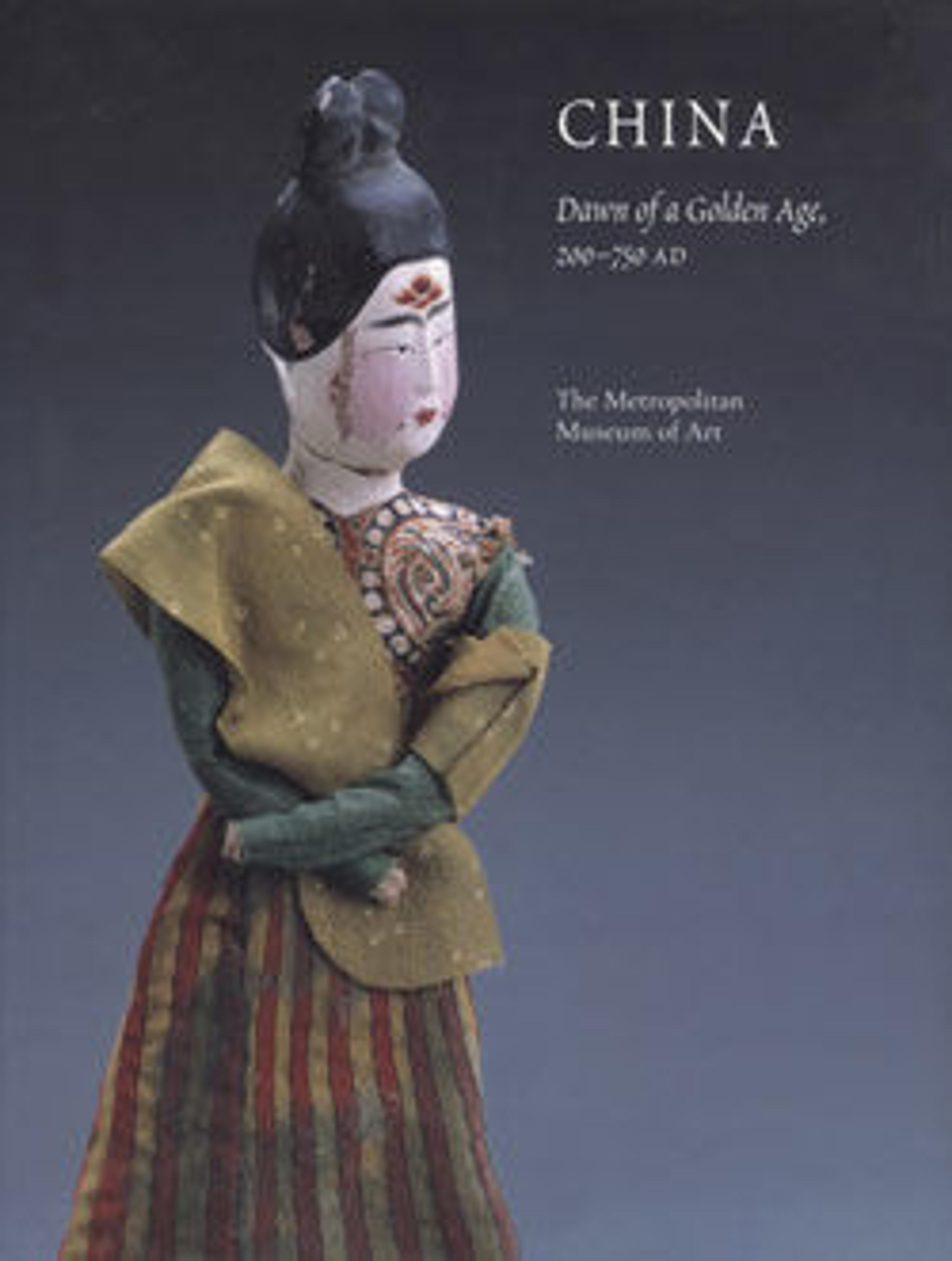
October 12, 2004–January 23, 2005

The Han (221 B.C.–A.D. 206) and Tang (618–907) dynasties mark the two great eras of early imperial China. From the fall of the Han at the turn of the third century to reunification under the Sui in the seventh, the country experienced devastation from war and social upheaval. It was also, however, a period of creativity and cultural change. The political fragmentation that occurred between the dynasties and the massive migration of nomadic peoples into China resulted in contact with every part of Asia and the introduction of foreign ideas, religious, and art forms and motifs. An important aspect of the cultural exchange that took place at the time was the spread of Buddhism in China. By the Tang dynasty, thousands of foreigners were traveling to the capital, Chang'an, which flourished as a great cosmopolitan center of world commerce and culture
The integration of foreign motifs and styles with the traditional arts of China is the focus of this catalogue and the landmark exhibition that it accompanies, "China: Dawn of a Golden Age, 200–750 A.D.," held at The Metropolitan Museum of Art. The exhibition comprises some three hundred objects, most of them excavated in recent years and many never before seen outside China. Each work is discussed in terms of its aesthetic qualities and art-historical significance and in the context of the philosophical and religious ideas that are reflected in iconography and style.
In an introductory essay, James C. Y. Watt, Brooke Russell Astor Chairman, Department of Asian Art, at The Metropolitan Museum of Art, discusses the art and history of the entire period. Essays by both Chinese and Western scholars explore important aspects of metalwork, glass, and textiles, as well as the development of Buddhist art in China.
Watt, James C. Y., ed. 2005. China: Dawn of a Golden Age, 200 - 750 AD ; [in Conjunction with the Exhibition “China: Dawn of a Golden Age, 200 - 750 AD”, Held at The Metropolitan Museum of Art, New York, October 12, 2004 - January 23, 2005]. New Haven: Yale Univ. Press.